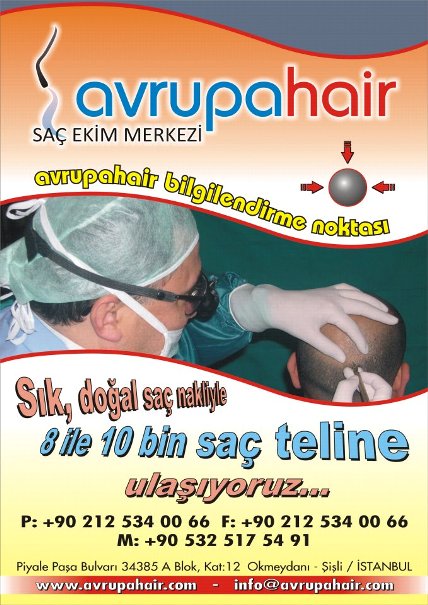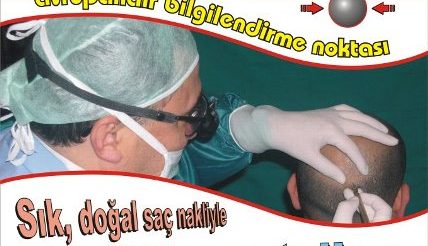
AvrupaHair Hair Transplant Center
10 Questions About Hair Transplantation
1. Who is suitable for a hair transplant?
Hair transplantation is suitable for anyone experiencing male-pattern baldness (androgenetic alopecia). This type of hair loss is caused by genetic predisposition and the effects of the male hormone testosterone. Over time, hair follicle cells in the affected areas die, causing the hair to become thinner, stop growing, and eventually fall out completely. In such cases, hair transplantation is the most effective and permanent treatment option.
2. Is there a specific age limit for the procedure?
Age is not the main deciding factor – the degree of hair loss is more important. If the scalp becomes visible to the naked eye and hair density has dropped below 50% of its original level, a hair transplant can be the best solution.
3. Why does age still matter?
The main consideration is whether hair loss has stabilized. Male-pattern baldness can continue throughout life, but the rate usually slows after the age of 39–40. Younger patients may still experience further hair loss and might require additional sessions in the future.
4. How long does the procedure take?
A hair transplant typically takes 8–10 hours. After the procedure, mild redness and scabbing may occur in the transplanted area but usually disappear within 7–10 days. Transplanted hairs will shed before regrowing after about 3 months. Noticeable changes are most visible between the 6th and 8th months, with full results achieved after about one year.
5. Are there any health risks?
Performed under local anesthesia, hair transplantation is considered very safe, with no significant side effects reported to date.
6. Can the procedure be done more than once?
Yes, multiple sessions may be needed if hair loss continues or if larger areas need to be covered.
7. Can the appearance of the new hair be controlled?
Yes. The outcome depends heavily on the technique used, the size of the grafts, and the direction of hair growth. When performed correctly, the results are very natural.
8. What are the latest techniques?
One of the most advanced methods is FUE (Follicular Unit Extraction), where individual hair follicles are harvested using a special micro-motor. No cuts or stitches are required, and recovery is rapid.
9. Will there be alternatives to hair transplantation in the future?
Research is ongoing in the fields of hair multiplication and cloning, but no widely available alternative treatments exist yet.
10. How soon can I return to daily life?
Patients can usually return to their normal routines within two days, provided they have no concerns about the temporary appearance of the treated area.
dhi hair transplanthair transplanthair transplant fuehealth tourism
